VQ Models P-38 Lightning (Silver) 82.6″ ARF
£799.95
Description
Description
P-38 Lightning (Silver)
Features:
All Balsa and lite-ply construction
Fully covered in weathered detail
Fibreglass cowling
Reinstalled painted pilot
Control surfaces pre-hinged and installed
Three piece wing with Aluminium Wing Joiner
Three piece fuselage with left fuselage and right fuselage by Balsa and main fuselage by Fibreglass
Turbo superchargers: ABS vacuumed
Ailerons and fowler flaps ready. All mechanism for flaps already instaled at the factory.
Includes:
Assembly instructions with stage-by-stage photos
Tail wheel assembly
Fibreglass cowling
Painted pilot
Wheels and gear door
Engine mounts
Fuel tank
Aluminium wing joiner
Decals and all hardware
Does not include: Radio, Motor, Glue, and Silicone Fuel Line
Specifications:
Wingspan: 2100 mm (82.6 in.)
Fuselage Length: 1460mm (57.4 in.)
Weight (Ready to fly): 6.5 – 7.2kg
Engine: .46-52 (2 stroke) / .62-70 (4 stroke) ( x2)
Radio: 9-Channels with 12 servos
Electric Motor: TBC
Battery: Lipo 14.8V- 4500 mAh ( x2)
Aircraft History:
The Lockheed P-38 Lightning was a World War II American propeller driven fighter aircraft. Developed to an United States Army Air Corps requirement, the P-38 had distinctive. lt twin booms and a single, central nacelle containing the cockpit and armament. Named “fork-tailed devil” (der Gabelschwanz-Teufel) by the Luftwaffe and “two planes, one pilot” by the Japanese, the P-38 was used in a number of roles, including interception, dive bombing, level bombing, ground-attack, night fighting, photo reconnaissance, radar and visual pathfinding for bombers, and evacuation missions, and extensively as a long-range escort fighter when equipped with drop tanks under its wings.
The P-38 was used most successfully in the Pacific Theater of Operations and the China-Burma-India Theater of Operations as the aircraft of America’s top aces, Richard Bong (40 victories), Thomas McGuire (38 victories) and Charles H. MacDonald (36 victories). In the South West Pacific theater, the P-38 was the primary long-range fighter of United States Army Air Forces until the appearance of large numbers of P-51D Mustangs toward the end of the war.
The P-38 was unusually quiet for a fighter, the exhaust muffled by the turbo-superchargers. It was extremely forgiving, and could be mishandled in many ways, but the rate of roll in the early versions was too slow for it to excel as a dogfighter. The P-38 was the only American fighter aircraft in production throughout American involvement in the war, from Pearl Harbor to Victory over Japan Day. At the end of the war, orders for 1,887 were cancelled.
Specification
Specification
| Power | Electric |
|---|---|
| Brand | VQ Models |
| Assembly | ARTF & PNP |
| Aircraft Type | Scale |
Reviews
Only logged in customers who have purchased this product may leave a review.









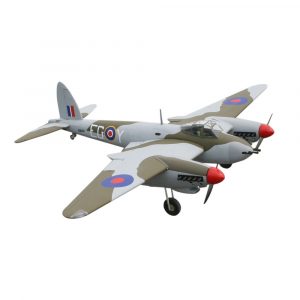
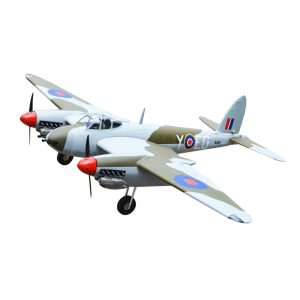





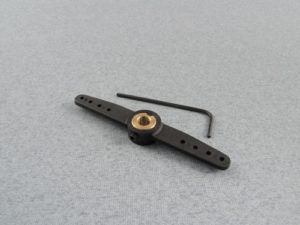



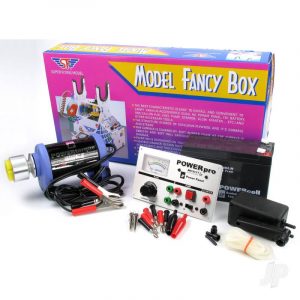
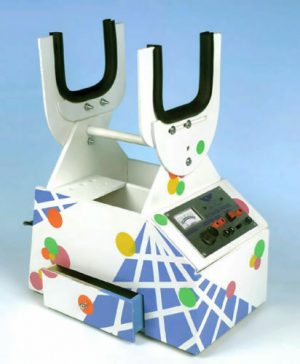
Reviews
There are no reviews yet.